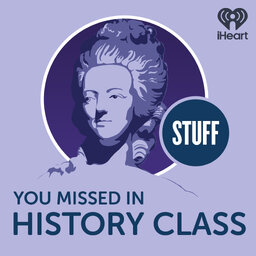Mary Somerville
Mary Somerville was dubbed the Queen of Science, a title earned through a lifetime of learning all she could about various math and science subjects and then parsing those concepts out in her writing for more general audiences.
Research:
- Collins, Helen. “Mary Somerville: Her Legacy for Women in Science.” Oxford Scientist. Feb. 11, 2022. https://oxsci.org/mary-somerville-her-legacy-for-women-in-science/
- Gregersen, Erik. "Mary Somerville". Encyclopedia Britannica, 22 Dec. 2022, https://www.britannica.com/biography/Mary-Somerville
- Neeley, Kathryn A. “Mary Somerville: Science, Illumination, and the Female Mind.” Cambridge University Press. 2001.
- Somerville, Mary. “On the magnetizing power of the more refrangible solar rays.” Proceedings of the Royal Society of London. December 31, 1833. Volume 2. Accessed online: https://royalsocietypublishing.org/doi/abs/10.1098/rspl.1815.0282
- Somerville, Mary. “Personal Recollections, from Early Life to Old Age, of Mary Somerville.” John Murray, London. 1872. Accessed online: https://www.gutenberg.org/cache/epub/27747/pg27747-images.html
- Somerville, Mary. “On Molecular and Microscopic Science.” John Murray. London. 1869. Accessed online: https://www.gutenberg.org/cache/epub/55886/pg55886-images.html
- Uri, John. “175 Years Ago: Astronomers Discover Neptune, the Eighth Planet.” NASA. Sept. 21, 2021. https://www.nasa.gov/history/175-years-ago-astronomers-discover-neptune-the-eighth-planet/#:~:text=On%20the%20night%20of%20Sept,orbit%20of%20the%20planet%20Uranus.
- Wills, Matthew. “Mary Somerville, Queen of 19th Century Science.” JSTOR Daily. March 2, 2016. https://daily.jstor.org/mary-somerville-queen-of-19th-century-science/
- Lewis, Jone Johnson. "Biography of Mary Somerville, Mathematician, Scientist, and Writer." ThoughtCo, Apr. 5, 2023, thoughtco.com/mary-somerville-biography-3530354.
 Stuff You Missed in History Class
Stuff You Missed in History Class


